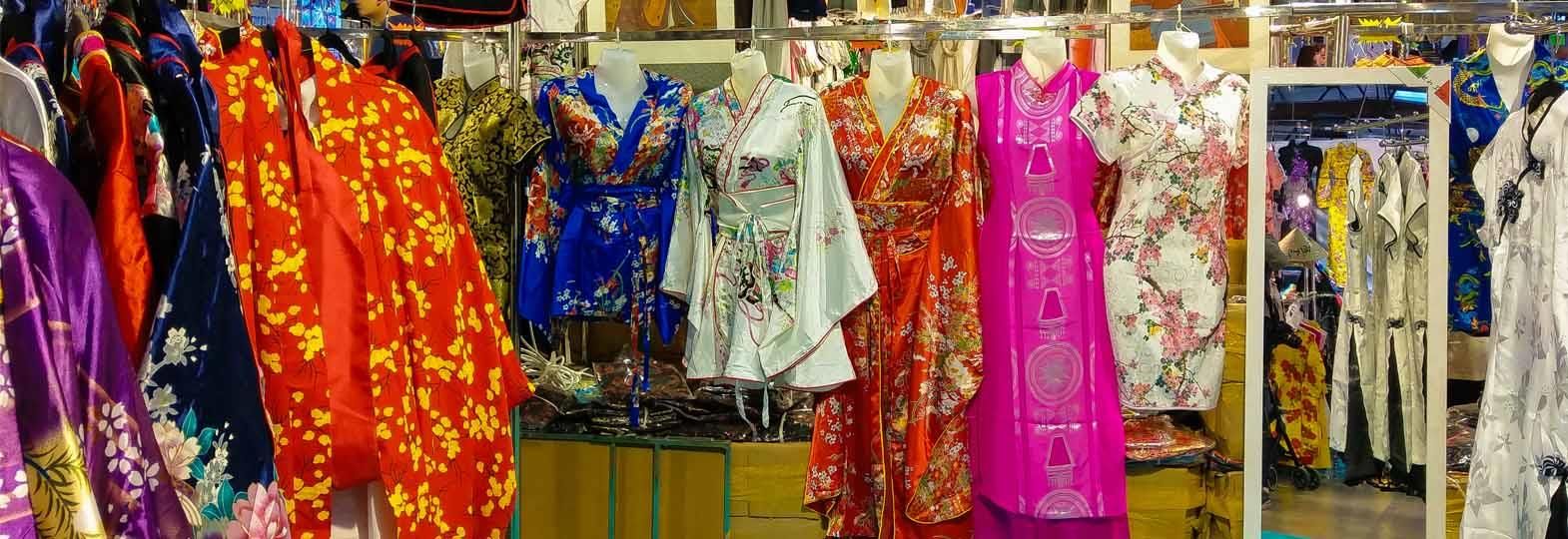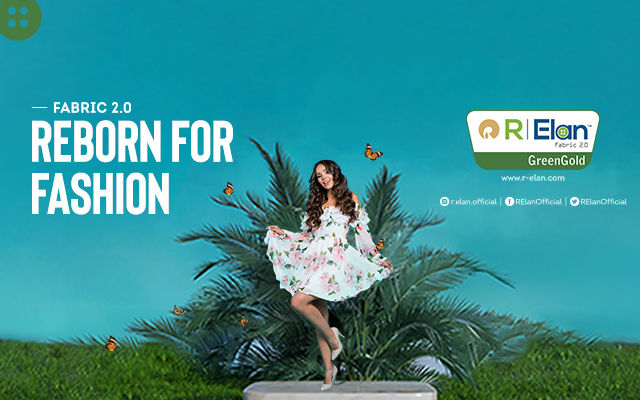Everyone who is alive today has been impacted one way or the other by the two-year long COVID-19 pandemic. We have realised the value of making the right choices and how our choices affect not only the people around us, but also have an impact at a global level. The same could be said about the huge and successful fashion industry. According to Oberlo, which is the dropshipping application for Shopify, globally, the revenue from the apparel market is expected to exceed $1.7 trillion in 2023, a 13.7 per cent year-on-year increase. Consequently, the fashion industry has a huge role to play, particularly through ‘sustainable fashion’, in achieving the United Nations’ Sustainable Development Goals Agenda for 2030.
What does ‘sustainable fashion’ mean?
Sustainable fashion entails using processes that are environmentally sustainable in all aspects of manufacturing apparel, including without exploitation of any life form. Simply put, it means fashionable apparel should be ethically produced and environmentally sustainable. While all this sounds simple, however, being sustainable in the fashion industry is not an easy task. From a manufacturer’s perspective, sustainability in fashion means more overheads, more ingenuity, and more focused sourcing, which in turn reduces profit margins.
What is the need for sustainable fashion?
The apparel and fashion industries are incredibly harmful to the environment. Second only to the fossil fuel industry, this industry is one of the world’s largest polluters, responsible for about 20 per cent of global industrial water pollution. The colossal ecological footprint of this industry may come as a surprise to many. The need for a sea change in the way the fashion industry operates is consequently urgent.
The environmental footprint of fast fashion
The following statistics explain the magnitude of the problem related to the fashion industry:
• The equivalent of one garbage truck full of clothes is burned or dumped into a landfill every second (UNEP, 2018).
• Approximately 60 per cent of all materials used by the fashion industry are made from plastic (UNEP, 2019).
• 500,000 tons of microfibres are released into the ocean each year from washing clothes — the equivalent of throwing 50 billion plastic bottles into the oceans (Ellen MacArthur Foundation, 2017).
• The fashion industry is responsible for 8-10 per cent of humanity’s carbon emissions – more than all international flights and maritime shipping combined (UNEP, 2018). If the fashion sector continues on its current trajectory, the share of the fashion industry in the overall carbon emissions could jump to 26 per cent by 2050 (Ellen MacArthur Foundation, 2017).
• Some 93 billion cubic metres of water is used annually by the fashion industry – enough to meet the daily water needs of five million people annually. Such massive use of water contributes significantly to water scarcity in some regions of the world (UNCTAD, 2020). This computation assumes that an average American uses 100-175 gallons of water per day. If we consider water use in emerging countries at 20 gallons per day per person, the number of people whose water needs can be met from the 93 billion cubic metres of water used annually by the fashion industry, could well be over fifty million. It may be noted that our water consumption is not just computed by what we use for domestic purposes, but also by the products that we patronise.
• Around 20 per cent of industrial wastewater pollution worldwide originates from the fashion industry (WRI, 2017).
However, it is not as if the fashion industry is a villain out there to destroy the planet. In fact, it has its own challenges and demands to cater to. The reasons for the industry’s large and adverse footprint on the environment are many. The pressure for unrelenting growth, stemming from consumer demand for cheap, fast fashion, has been a major contributor. According to environmental scientist Linda Greer, “There are still very few brands who know where the stuff they use for the apparel they create comes from. Even fewer of them have entered into active relationships with their suppliers to reduce their carbon footprint.” However, all is not lost, and the need of the hour is to accept the past failures and move forward to make a positive difference from a sustainability perspective.
How to make fashion sustainable?
Putting sustainability foremost is the first step to make the fashion industry contribute towards the United Nations’ Sustainable Development Goals, 2030. The determination to be more conscious and more environment friendly should be the primary focus of all the stakeholders in the fashion industry. “We are all in agreement that we need to show off less, that we need to have more of an emphasis on sustainability and we need to have more emphasis on luxury, creativity and craft," Anna Wintour said in her famous interview with Naomi Campbell. It is a commonly held myth that luxury and sustainability in the fashion industry cannot co-exist. It is this myth that Anna Wintour is trying to break through her above statement. She implies that fast fashion that is made available to the masses at extremely affordable prices, which is possible only through the widespread use of micro plastics and other cheap raw materials, is a major culprit in making the fashion industry unsustainable from a climate change perspective.
According to David Marshall, CEO of Immago, one of the leading companies providing sustainable and innovative clothing label and packaging solutions, practices that everyone can follow to enhance the sustainability of the fashion industry come under the following four broad principles:
Ethical Fashion: Ethical fashion relates to garment design, production, and distribution that focuses on reducing harm to people and the planet. When ethics is discussed within the context of fashion, it most often refers to the treatment of people in the stages of raw material, processing, and manufacture – activities typically carried out in the developing world. Understood in a broader sense, it also refers to wages and working conditions in the retail sector as well as issues surrounding body image in the modelling industry. It also encompasses refraining from the use of animals’ skins for fashion apparel.
Circular Fashion: According to Anna Brismar, owner of consultancy firm Green Strategy, “Circular fashion can be defined as clothes, shoes or accessories that are designed, sourced, produced, and provided with the intention to be used and circulated responsibly and effectively in society for as long as possible in their most valuable form, and thereafter returned safely to the biosphere, when no longer of human use.” This encompasses aspects such as recycling, upcycling, and thrifting. Thrifting is the process of reusing pre-owned items of clothing and accessories.
Slow Fashion: Slow fashion is a movement that advocates environmental and social justice in the fashion industry. Essentially this means thinking before buying clothes, and producing clothes which are more environment friendly.
Conscious Fashion: This is a movement which is trying to make the consumer the brand ambassador for sustainability in the fashion industry. The focus is to keep the consumer better informed about the product and its production journey.
A thought that may cross the reader’s mind is, ‘Why do I need to know this?’ Or ‘How can I, an individual, contribute to creating a more sustainable fashion industry, which is gigantic?’ Each person who becomes conscious about sustainable fashion will help in saving the environment. Every step taken today to save the environment helps future generations enjoy a better quality of life. So, the next time you go shopping for apparel, ‘STOP, THINK, READ, RESEARCH, & THEN BUY.’ Also ‘Buy less, Buy better.’ Ask yourself, ‘What am I buying and why? Do I really need the apparel that I am planning to purchase? Will I use it at least thirty times?’ Moving in this direction is increasingly becoming mainstream and is referred to as the ‘Minimalist Movement’.
Sudha Murthy, the billionaire philanthropist, has this to say on practicing minimalism, “How long can you go on following the dictates of fashion? I believe in possessing just enough for my basic needs. If you visit our house, you will see that we have very little stuff around.” Isn’t this something for us to think about and emulate!









Comments